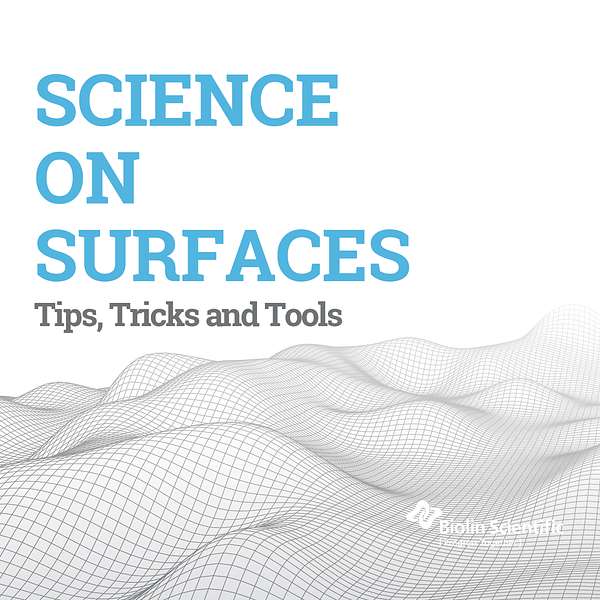
Science on surfaces - Tips, Tricks and Tools
Science on surfaces - Tips, Tricks and Tools
28. Design of Experiments and how to make the most of the time spent in the lab
Is it possible to be more time-efficient when planning, executing and evaluating experiments? And what do the latin squares have to do with it?
In this episode, we talk to Prof. Marina Axelson-Fisk, Professor in Mathematical Statistics at Chalmers University of Technology about Design of Experiments, DoE, to learn more about how to efficiently plan your work and to make the most of the time spent in the lab.
As always, we start with the basics, and Prof. Axelson-Fisk takes us through what DoE is, when it could be used and who will benefit from using this methodology. We then move on to talk about how DoE works in practice. Prof. Axelson-Fisk describes a few examples to demonstrate how this method to plan, execute and evaluate experiments could be used in real life. We talk about what challenges and difficulties that may arise, and what pitfalls to look out for. Finally, we get to learn about some key concepts in DoE, and Prof. Axelson-Fisk explains terminology such as analysis of variance - transformations, model validation and residual analysis; factorial design with fixed, random and mixed effects, latin squares and confounding, just to mention a few.
Thanks for listening! If you are interested in surface and interface science and related topics, you should check out our blog - the Surface Science blog